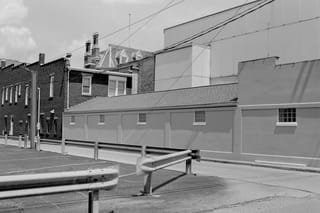
If you’ve been sleeping on L.A.-based artist/actor/photographer Mike Gray, consider this your wake-up call. With a skillful knack for capturing personality and style, Mike’s images offer a bold, often surprising look at present-day characters and reimagined histories.
We caught up with Mike to trace the steps from growing up in Houston to showing his first gallery exhibit in West Hollywood… and it’s only looking bigger and better from here.
*Edited by Matthew Eldridge and Meg Moore
Thanks for joining us, Mike! First, I have to ask — in your experience, do you find it true that there ain’t no party like a West Coast party?
Haha! I think that the West Coast definitely has a lot to offer, whether it’s from the environment itself, from being in the entertainment industry or from the industry presence in general. Being an L.A. native now for the last 12 years has made it hard to think that anywhere else could be my home. Los Angeles definitely lives up to the hype.
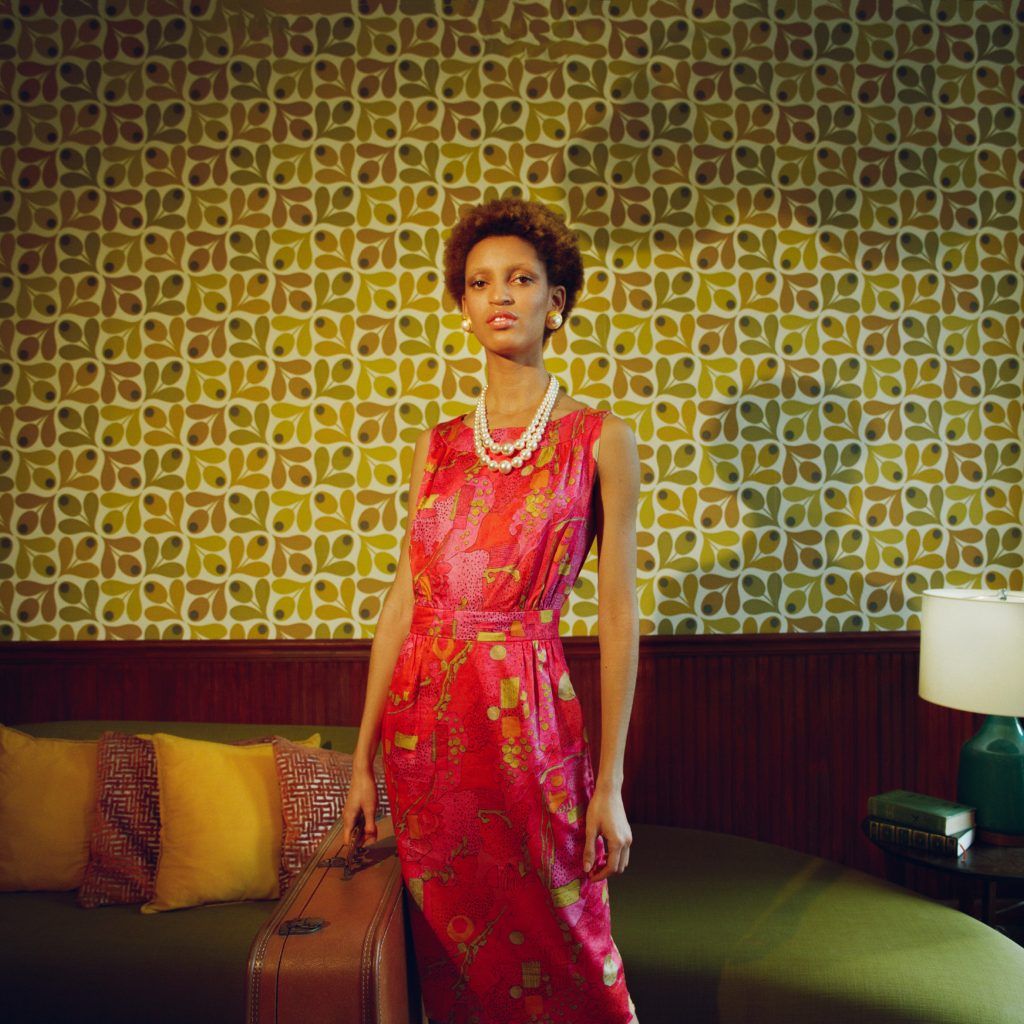
For anyone not yet in the know – who is Mike Gray?
Mike Gray is too much! I’m originally from Texas. I was born in Houston, and was raised there until I was nine. When my father passed, my family decided to move to Dallas and that’s where we stayed until I graduated high school.
As a kid, I would always run around with my uncle’s camcorder and make random videos of myself, my friends, and family members doing weird things. In middle school, I was introduced to a video production class, which was like the weekly news for the school. We’d take the cameras out, film whatever segment we were assigned by our teacher and edit it ourselves using iMovie. I fell in love with this process and kept taking this class until my senior year.
In regards to acting, I did my first play in fifth grade. My mother immediately wanted us to move to LA, saying “I promise you’d be a Nickelodeon star,” – but that quickly got denied by me. All of my friends were playing sports and I didn’t want to get made fun of for being an actor, so I told her no and continued to play although I was never very good at it.
My sophomore year of high school, I got cut from the JV basketball team. I knew then that my dreams to make it to the NBA were slim to none, so I prioritized entertainment. I loved video production, but I wanted to go back to my roots and learn all aspects of the industry, so I auditioned and was accepted to AMDA College & Conservatory of the Performing Arts in Los Angeles my senior year. Once that happened, there was no turning back. I moved to LA three weeks after my high school graduation.
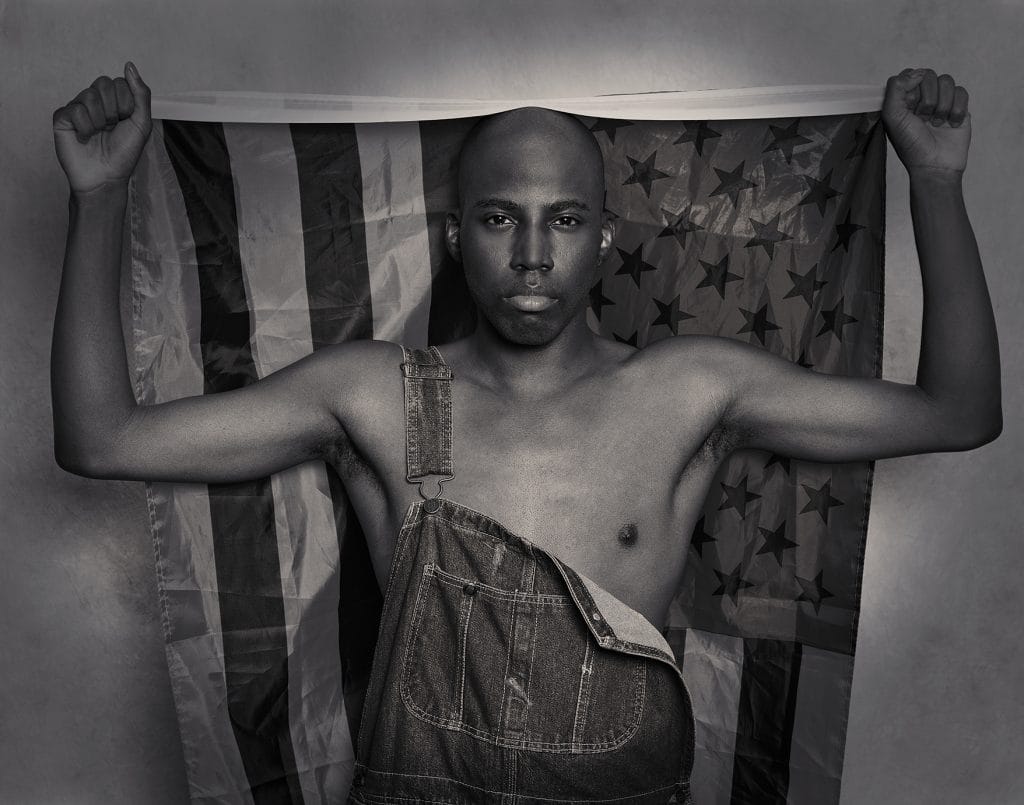
As an actor, you must have spent a lot of time around many photographers and other creatives. Did that have an influence on your pursuit of photography?
As an actor, you’re constantly having to get headshots taken, so I was working with photographers but not in a creative sense – It was super generic. I think initially what inspired me to pick up my first film camera during COVID-19 was my love of directing. I’ve always looked up to directors like Stanley Kubrick, Quentin Tarantino, and Spike Lee. The complexity of the shots that they incorporate in their films are like no other, and they are so beautifully structured.
Acting is such a grind. Being behind the camera is what originally inspired me to explore acting, but with countless auditions and having to drive all over Los Angeles daily… I never really had time to focus on what made me fall in love with performing, which was directing. COVID-19 gave me the opportunity to reflect and try different things. For about a week, I found myself watching film photography videos on YouTube and that was it. I bought my first 35mm film camera.

Watching you hold your camera, it’s clear that there’s an energy and closeness that you have with it. It really shines through in your work! Is film your preferred medium? What is it that you enjoy about it?
Initially, what made me fall in love with film photography was the hands-on process from start to finish. All of the film labs were closed during the pandemic, so while I was learning the basics of film photography, I was also able to teach myself how to process and scan my film at home. There was a lot of trial and error during the process but it was such a beautiful experience.
I also love the unexpected nature of film. In a lot of my photos, there’s a pretty clean structure in terms of composition as well as the feel of the image… but shooting on film gives me the perfect amount of grunge that makes the image more relatable and timeless in my opinion. The expense of film isn’t so good for my bank account, but that’s just a part of the sacrifice. I’ve managed to only shoot film, and I’m going to continue to do so. Having tried digital photography a number of times, I just don’t get the same feeling as I do from film.
I have a lot of respect for digital photographers around the world, and there are so many phenomenal photos that have been taken using digital cameras. I started photography as a hobby and found the overall experience of using film was what made photography turn from a hobby to a profession for me. Maybe somewhere down the line the perfect digital camera will be made that I won’t be able to deny, but for now you’ll only see me with my Pentax 67 or my Hasselblad 500. All day!!
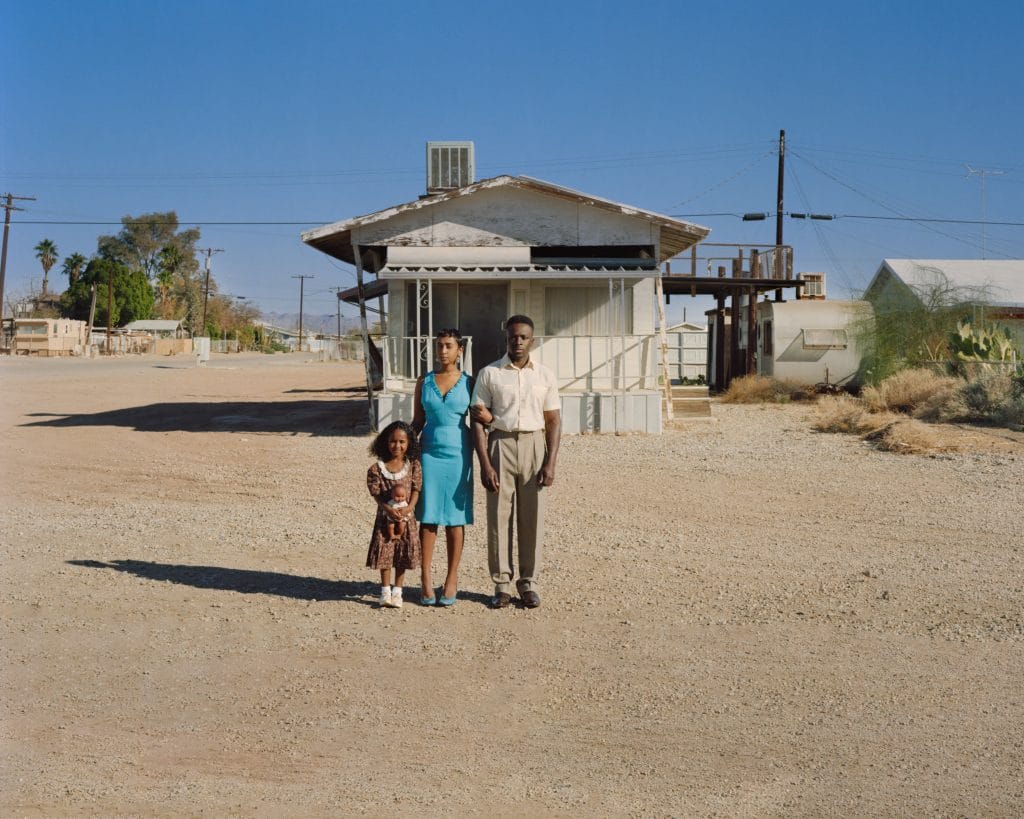
Some of our favorite photos of yours represent your version of a Sunday Brunch in the 1960’s. It’s a simple, yet powerful concept in which you were able to beautifully capture Black joy, Black beauty, and Black freedom. Your work portrays a much different narrative than the historical, painful truth that Black men and women in diners during that era weren’t typically met with smiling faces. There’s an interesting dichotomy at play between the ‘truth’ and the new perspective you depict. Are there certain emotions you hope to evoke when an audience first sees your photographs?
Being a Black man in the society we live in, I’ve faced racism during different points of my life. Yes, I’ve always felt the need to change the narrative but never really knew how I would voice that or express it with my art. I wanted to create a perfect world for Black people in the photos that I take. I was influenced and inspired by the lifestyle in the 50s & 60s because at that time, there was a unique formality with the way people dressed and how they lived their lives. I wanted to put African-Americans in power during a time in which we weren’t highlighted in that manner.
My job as an artist isn’t to rewrite history. My job as an artist is to make my people look beautiful and to show the world that we aren’t only how others depict us in movies, on the news, and in life.
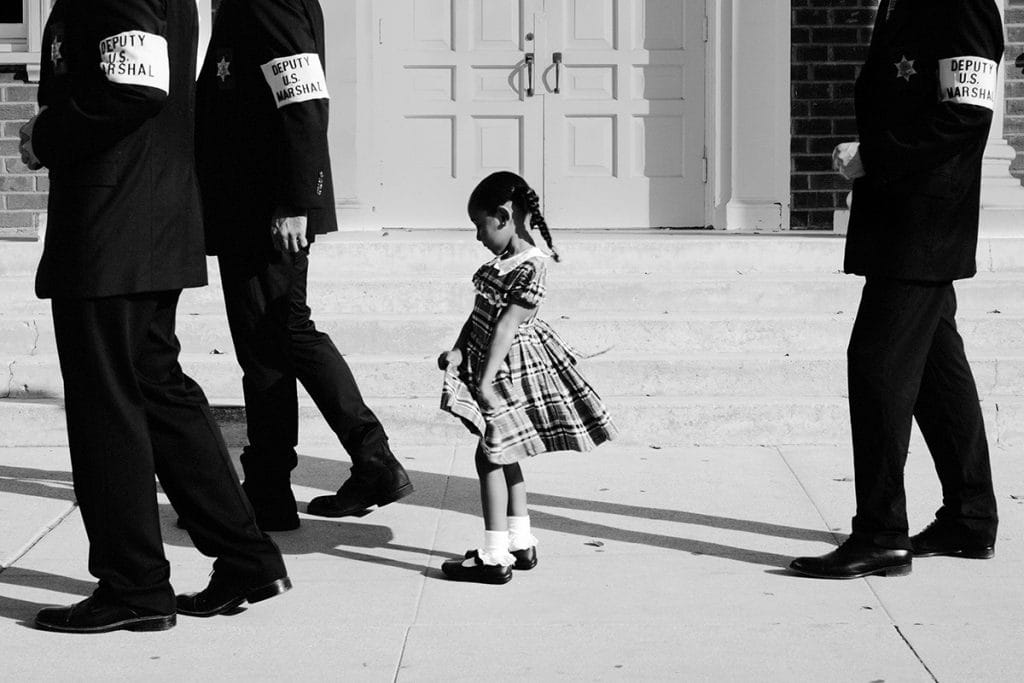
The way you celebrate Black beauty and culture in your photos is phenomenal – showing an appreciation for the past, present and future. Why is it important for you to share stories of Black people and culture through photography?
I genuinely don’t know any other stories that I can organically tell. As a Black man, I believe that it is my job. I take photos of beautiful human beings of all ethnicities, and I want my vision to exceed the Black community. I want to take photos that everyone of all races can appreciate and celebrate.
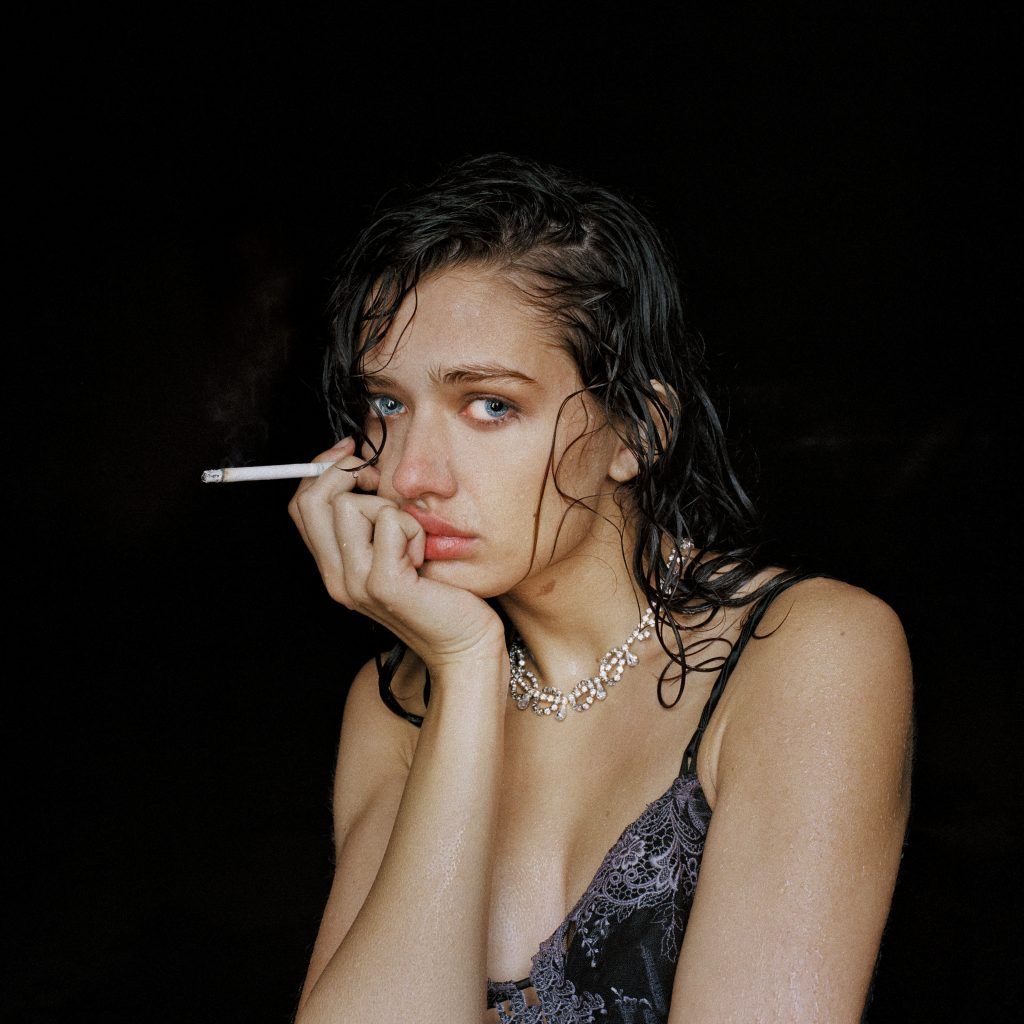
You recently hosted your first Exhibit at Soho House West Hollywood. Congratulations! Where did the inspiration for your Black Utopia stem from?
Black Utopia was me creating the perfect world for African-Americans, but also highlighting what our culture glorifies: the beautiful and the not-so-beautiful. Everything that makes my people so powerful.
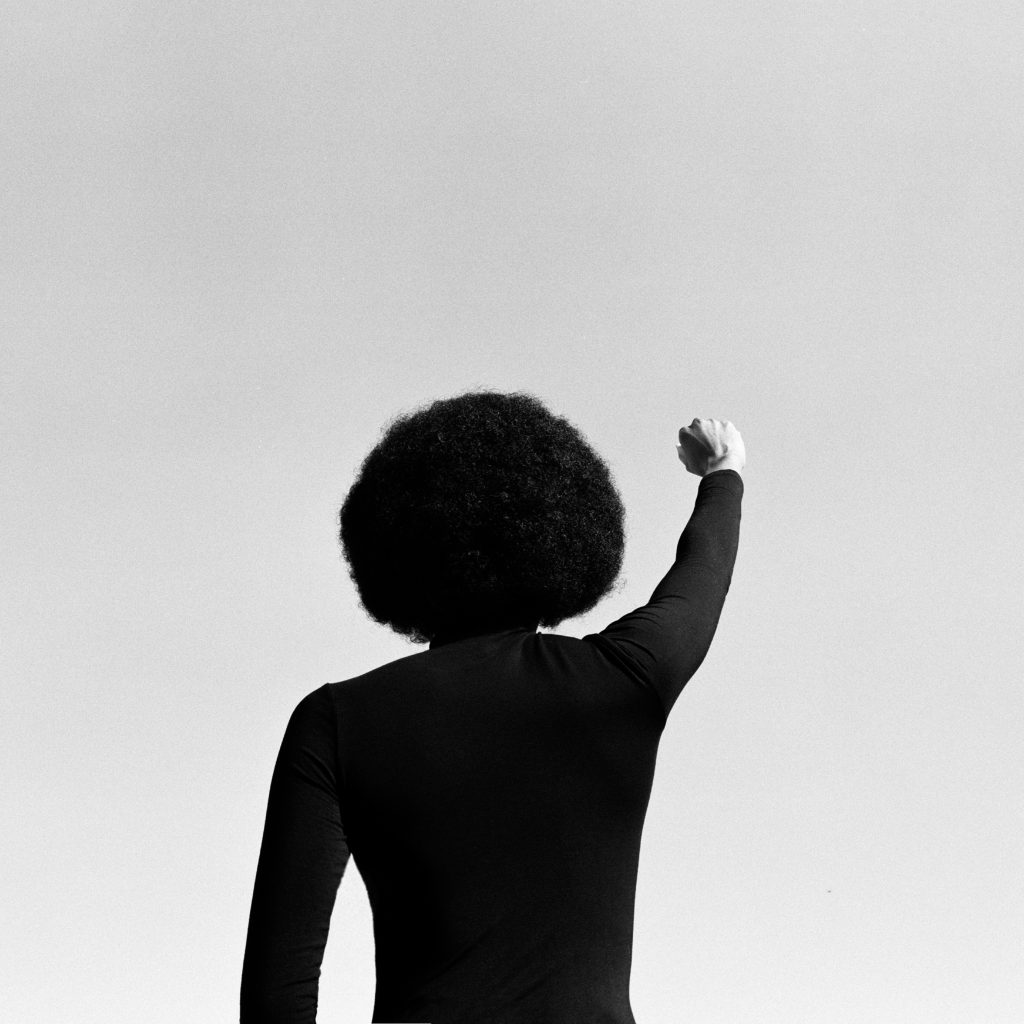
Do you have any favorite photos from the Black Utopia series? Why are those your favorites?
If I had to choose, my favorite photo from Black Utopia would be the Black Kennedy’s piece, mainly because of the story and timeline from when the picture was taken. Black Kennedy’s was taken as my first planned fine art photo shoot. It was the first time that I invested my own money as well as having multiple talent involved in one shoot. It was also my first time taking a photo that wasn’t the front of someone’s face, haha!
I love the mystery that comes from placing the viewpoint behind the car. The funny thing is– I took two frames of this image and thirty frames in front of the car. This taught me to be open to spontaneity during my shoots. In my opinion, Black Kennedy’s is the best representation of my series as a whole.
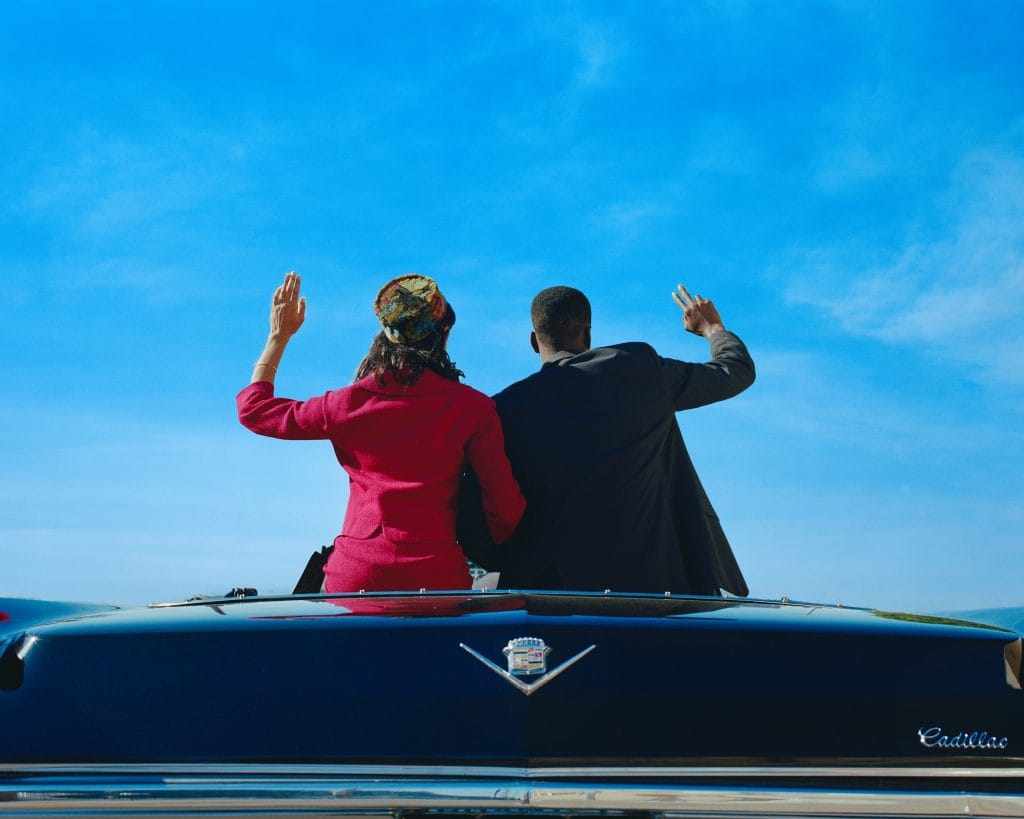
Where is your favorite place to shoot?
I’d have to say that my favorite place to shoot is Los Angeles, if only because it’s really the only place that I have been shooting. Aside from Dallas and New York, the majority of my work has been shot in California. The unfortunate part is that everyone shoots here so I make it a point to stay away from the generic L.A. landscapes that most people capture while shooting in the City of Angels.
Here’s a tough one… If you had to choose one film camera to shoot with for the rest of your life, what would you go with? What about film stock?
Not hard at all. The Pentax 67 with a Portra 800 film. Easy as cake.
Who inspires you to create and why?
Definitely all of the directors that I previously mentioned earlier, but also all of the pioneers that have made an impact within the African-American culture. Martin Luther King, Malcolm X, Rosa Parks, Muhammad Ali – the list goes on and on. They inspire me because they fought for change. My goal is that one day I’ll be able to do the same.
Right now, I have to give thanks to my mentor Tyler Shields for believing in me during the pandemic when I knew nothing about taking photos. Though my work was at a very green level when I first met him, he saw something that I didn’t see. He’s my brother from another mother – for life, haha!
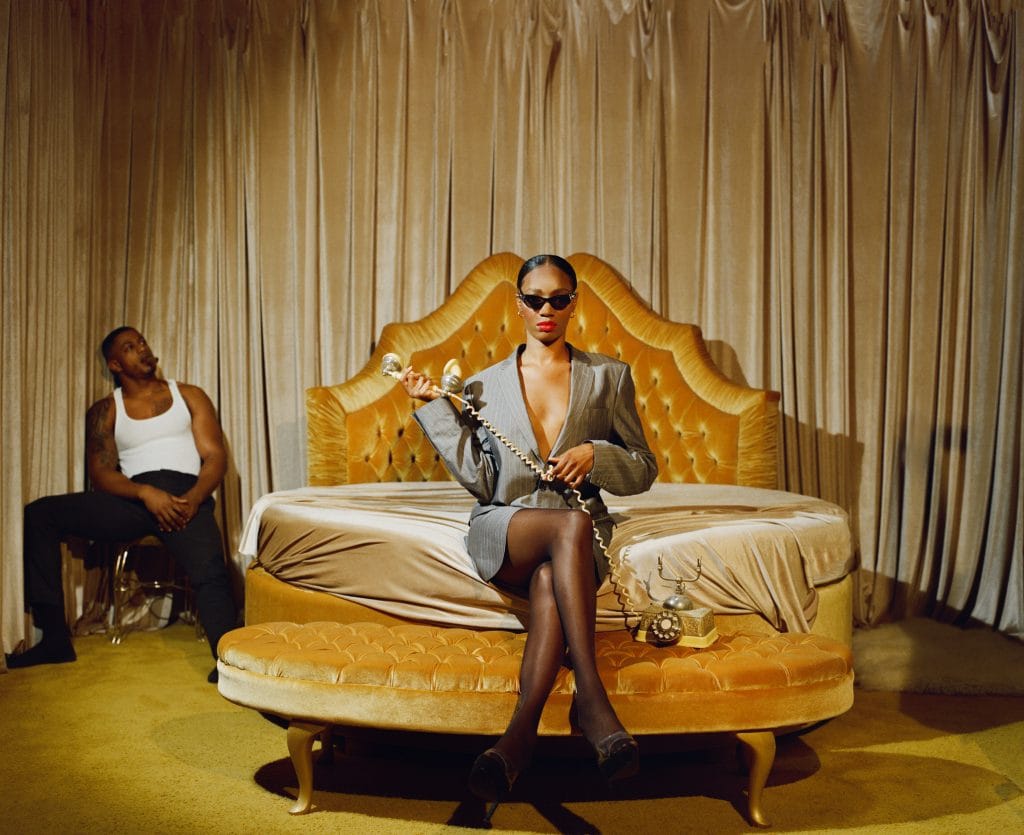
What’s next for you? You’ve only been doing this for a couple of years and you’re killing it! Where do you hope to be a year from now?
I appreciate that. Though there have been so many great accomplishments that I’m very thankful for, I haven’t even scratched the surface. I have so many more pictures to take and so many lessons to learn. As far as work goes, I will expand the portfolio that I have now.
I’m currently working on a book that I’m very excited to announce soon but it won’t be released until 2024. In the meantime, you can expect more visually compelling things from me, such as more conceptual short films. I’m also currently working on a film photography-based web series for my YouTube channel that will be independently shot and produced by my company, along with so much more!
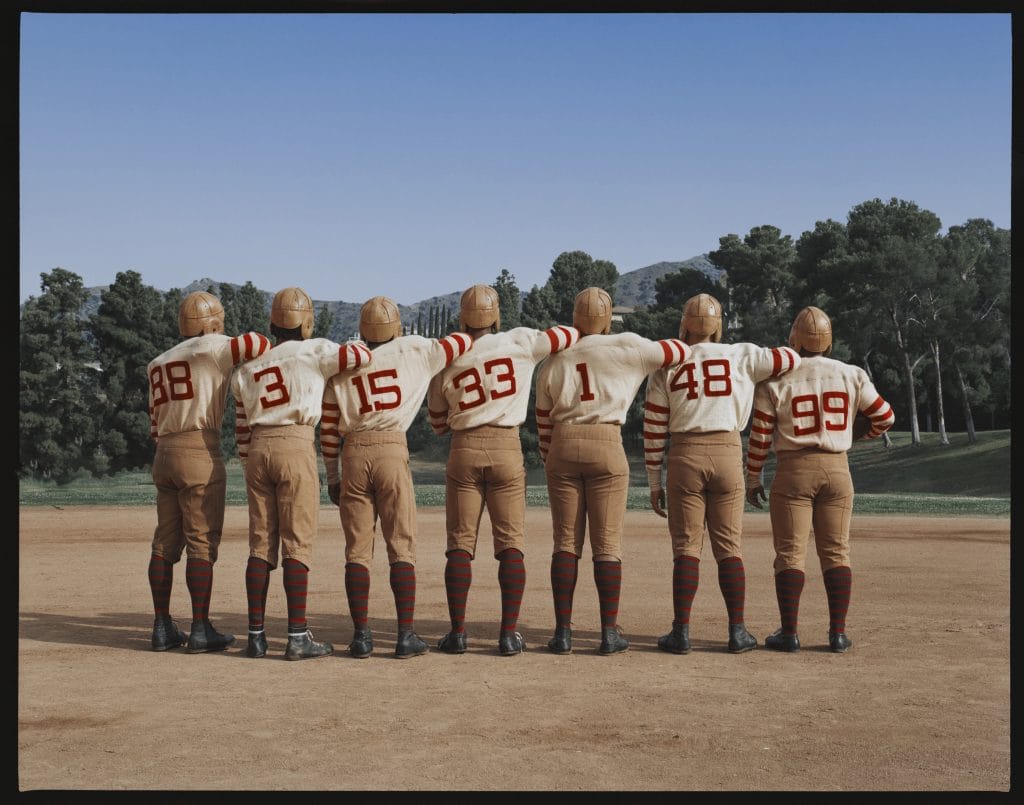
What advice would you give to someone who wants to begin their own photography journey?
Figure out the story you want to tell first, then expand on that. I also think it’s very important to take pictures as much as you can, even if it’s just for fun. Some of my favorite pictures I’ve taken have come from situations where there was no pressure or budget. Work with what you have. Some of the most legendary photos I’ve seen are simple.
Do it because you love it.
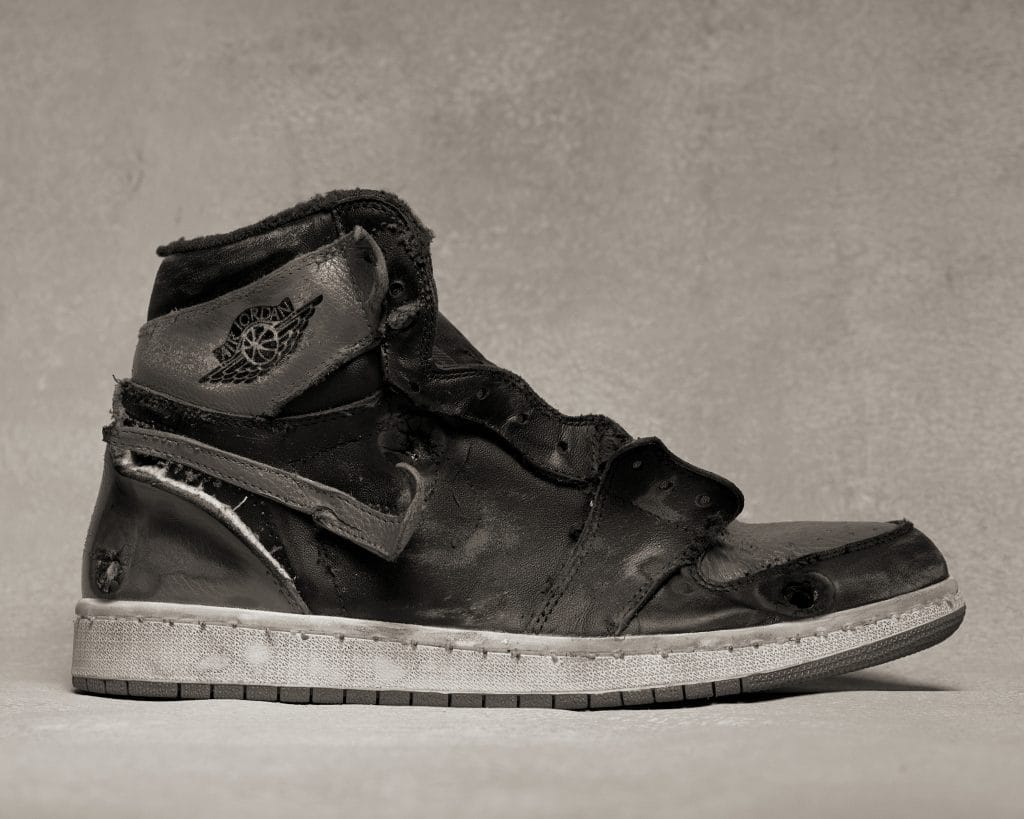
See more of Mike’s work at @mikegrayfilm

